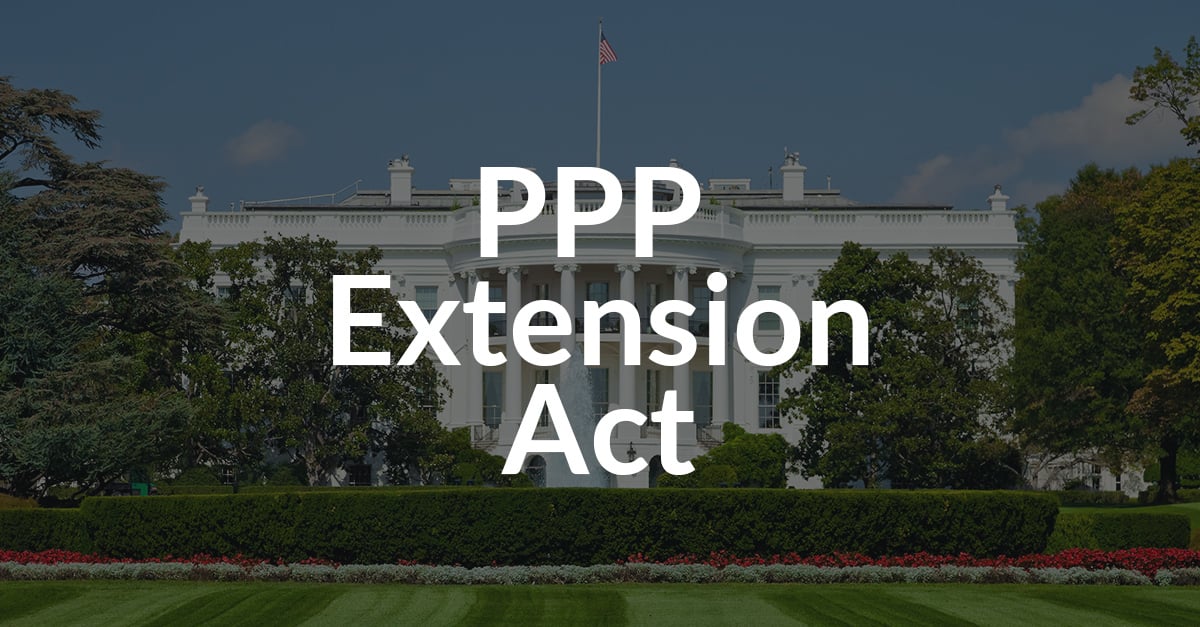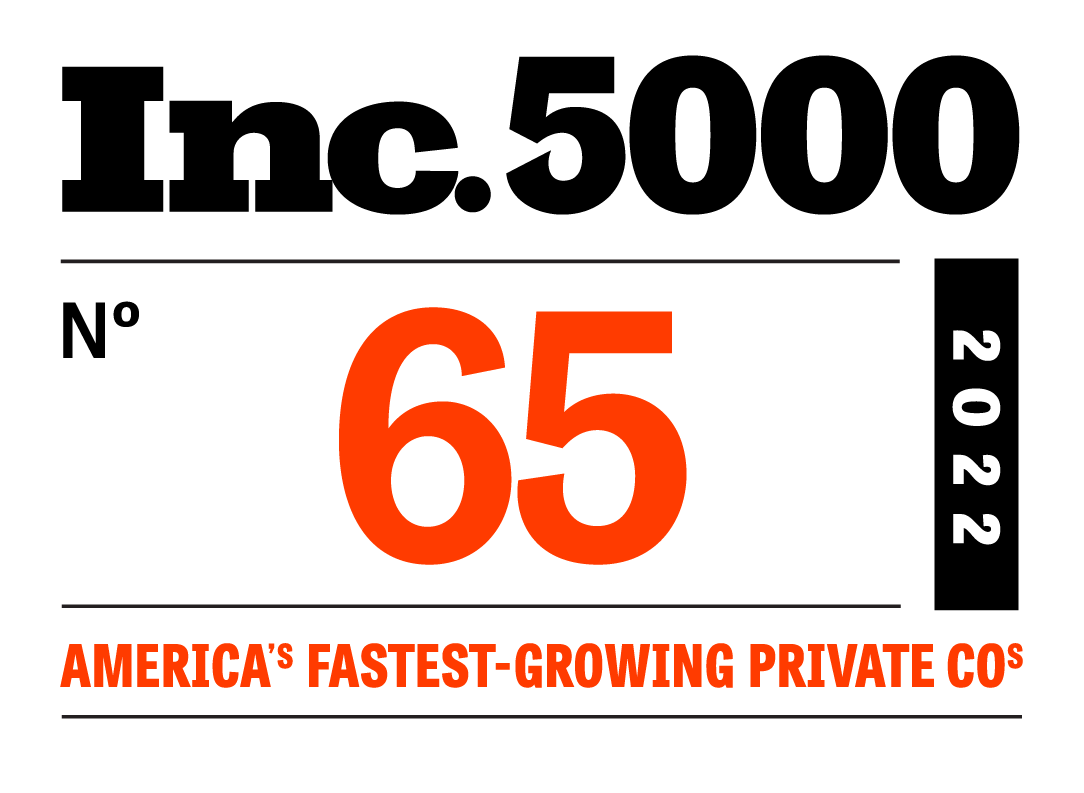
The Paycheck Protection Program is one of the largest small business rescue plans ever created by Congress. On two separate occasions over the last year, the popular pandemic relief program has gotten new infusions of funding along with a number of extensions.
Last week, the Senate passed the PPP Extension Act—moving the program’s end date from March 31 to May 31—sending the legislation to the President’s desk for signature at 2pm ET this afternoon, March 30.
Along with giving small businesses an extra two months to apply for these federally-backed loans, the bill extends the time the Small Business Administration has to review applications and clear holds, hopefully ensuring no borrower is left in limbo for submitting an application up to the proposed May 31 deadline.
What the bill doesn’t do, however, is arguably more important for the dynamic it’s bound to create for lenders.
Unlike the legislation that extended the first round of PPP lending, or the bill that reopened the program, the new legislation passed last week does not allocate more funds to PPP.
As Zach Warmbrodt, a financial services reporter at Politico, pointed out on the eve of the Senate vote, this is a problem because, according to his sources, funds likely won’t make it to the extended May deadline.
🚨SBA expects it will only have PPP funds available to lend through mid- to late-April, a top agency official told senators this afternoon. The Senate will vote tomorrow to extend the program's application deadline to May 31 without providing additional funding
— Zach Warmbrodt (@Zachary) March 24, 2021
For lenders that have been disbursing these loans on behalf of the SBA and Treasury Department over the last year, the next two months are likely to be hectic as the footrace begins among small businesses trying to secure remaining funds. According to the SBA’s most recent data, about $78B remains available to eligible borrowers, or just 29 percent of Round 3 funding.
This will likely create a number of opportunities for participating banks and credit unions, while also once again ramping up the pressure around the program.
To better understand this dynamic, consider the borrowers that are likely to apply for PPP loans over the next two months: More likely than not these are underserved communities and businesses that have struggled to find an institution that will assist them in securing these loans.
As Numerated’s data shows, as the third round of PPP funding has matured, banks are serving more and more borrowers that are net new to their institutions.
Further, there’s a wide swath of small businesses that have already gotten a PPP loan during previous rounds, but did not secure as much federal aid as they needed. This was revealed in the Federal Reserve's 2021 Small Business Credit Survey, where it was reported that, for businesses that were able to secure federal aid in 2020, just 77 percent got all the aid they requested.
The next two months, then, will be a balancing act for lenders who must ensure their current customers are able to secure the funds they need while they remain available, while also capitalizing on the opportunity to serve net new customers that provide banks and credit unions with the kinds of deposits that help grow their business.
That would be difficult enough on its own, but there’s a third dynamic at play here: The pivot to the new normal.
Many borrowers that secured PPP loans early on are now ready to begin the Forgiveness process and look toward what’s beyond PPP. At the same time, vaccinations are rapidly increasing and lock down restrictions are lifting in a number of states providing many with a chance to get back to business as usual. These businesses will likely be ready for other funding beyond available federal aid, such as a new term loan, line of credit, or deposit account.
This is where the juggling act really begins for banks and credit unions: finding a balance between new and existing customers as PPP funds rapidly run out; supporting Forgiveness for hundreds or thousands of customers; and making it easy for small businesses to secure other products and services from their institution—all at once.
To meet this moment, lenders have two options: 1) they can mobilize their workforce in the way they did during the early days of PPP or 2) they can adopt technology that will make their people more efficient and provide their small businesses with an exceptional customer experience.
At Numerated, we’ve helped banks and credit unions process more than $34B worth of First and Second Draw PPP loans and nearly $40B in Forgiveness requests over the last year. Today, we’re excited to help them close out the program successfully and pivot to the new normal with products that expand business relationships and provide experiences 90 percent of customers report being highly satisfied with.
To learn more about how Numerated can help your institutions provide exceptionally easy experiences for your small business customers, contact us today, or register for once of our upcoming twice-weekly insights sessions, here.







